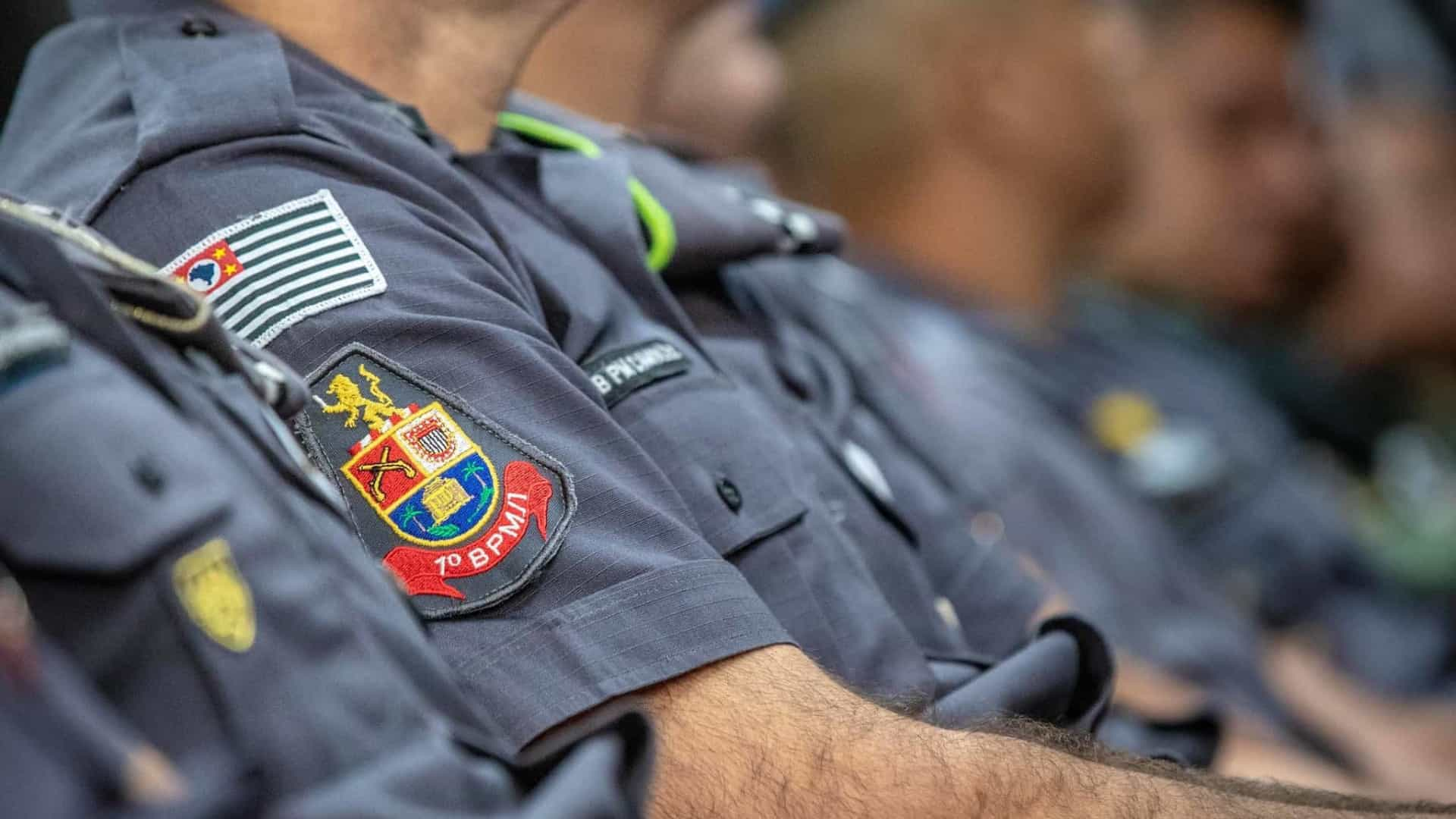RIO DE JANEIRO, BRAZIL – Igor Rocha Ramos was black, 16 years old, attending high school and living in Jardim São Savério, a suburb of the capital’s south zone. At 1:15 PM, he broke social isolation to buy hot dog buns and a pack of cigarettes for his mother, the family says.
Approximately 20 minutes and a shot in the back of the head later, the young man joined the contingent of people killed during São Paulo State Police operations, which in April reached the highest rate for the month since official records began in 2001.

According to data from the João Doria administration published in the State Official Gazette, the number of “deaths due to police intervention” involving the State Police (PM) increased by 54.6 percent in April (most recent data available), with the quarantine against the coronavirus in force in the state.
There were 116 cases counted, equivalent to one case every six hours. This rating should be used for occurrences in which the legitimacy of the officers’ action is presumed: a robbery with victims at risk or when criminals shoot at the garrison, for instance.
The increase in official deaths by the PM was noted despite the dramatic reduction in crimes committed at the same time, particularly robberies, which are traditionally used as justification by governments.
Statistics from the Secretariat of Public Safety (SSP) show that robberies dropped 30.3 percent in the state, with a total of 14,057 records. However, thefts halved in April. In all, there were 20,797 cases, or 53.3 percent fewer than in the same month in 2019.
For experts, the scenario in fact points to an escalation of police violence in São Paulo, particularly in the suburban periphery. In the first year of the Doria administration, the police killed 867 people, up 1.8 percent from 2018.
In Igor’s case, the incident occurred on April 2nd. According to family members, the PMs claimed they received a call about an armed suspect and that the young man ran out of the bakery when spotting the officers. Trapped in an alley, he supposedly tried to fire at the police officers, but ended up being shot.
However, his family challenges the account. “My son was shot from behind,” says Ana Paula Oliveira Rocha, 44, who at the time was recovering from Covid-19, but left home in time to see her son’s lifeless body placed on the ambulance stretcher. “There were witnesses who saw everything: he only had his cell phone and the money for the bakery. He died holding onto his shorts, which were loose. I’d stitched his shorts myself before he left the house, there was no gun.”
According to his mother, Igor had been threatened by a police officer two months before he died, because he had been a young inmate of the Casa Foundation reformatory. He had been arrested in 2019, trying to steal a car along with three friends, and spent six months in the Jabaquara facility, also in the southern part of the capital, from where he left in December.
In a statement, the SSP says the facts are still under investigation by the Civil Police and the PM in a confidential inquiry. “My son made a mistake, paid for what he did and was no longer making mistakes. He was happy because he had started studying, he was going to work within six months, then someone comes along and takes his life?”, says his mother. “My life is over. If he were the son of a rich man, the officer would be in jail. Because we’re from the periphery, they keep stalling things, thinking we’ll just get tired. I won’t tire until justice is served.”
Violence
Igor’s case is one of 12 reports of suspected executions compiled by the Network of Protection and Resistance against Genocide, a civil organization that monitors police violence incidents and assists victims and their families. In April, the group launched a campaign to collect reports after noting an increase in incidents during quarantine in São Paulo.
“Since the streets are emptier, the feeling is that society is no longer there to watch and the police can do anything,” says psychologist Marisa Feffermann, a researcher with the Latin American Council of Social Sciences (CLACSO) and one of the Network’s coordinators. “Several complaints come from youths who are getting beaten up for no reason, getting punched in the face, their noses broken. Death is the last stage of the escalation.”
According to Marisa, the cases monitored by the Network show that there is a victim pattern: the majority are black male youths between the ages of 15 and 24, residents of “more vulnerable territories”. “There is an illusion that law can be enforced by their (the police) own hands.”
Police officers removed
Two cases of police violence were filmed and had repercussions over the weekend. In one of them, police officers emerge surrounding a surrendered young man on the ground, and striking the victim in sequence. The attacks occurred on a street in the northern part of the city of São Paulo. The victim ended up with bruise marks on his face.
In the second case, footage showed officers beating a surrendered man on an avenue in the city of Barueri, Greater São Paulo. Neighbors who tried to help the victim during the occurrence also became the target of the police attacks.
On Twitter, the governor of the state, João Doria, classified the police officers’ behavior as “utterly condemnable” in both cases. “The police officers involved have been removed and will be the subject of an inquiry. The government of São Paulo does not condone any kind of violence,” Doria wrote.

